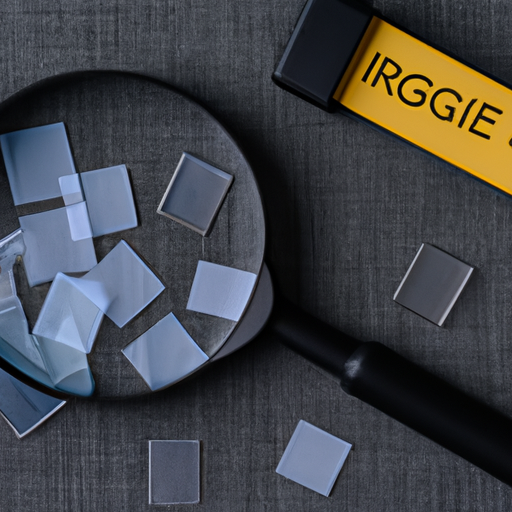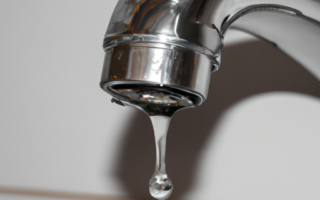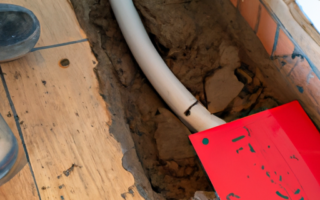Developing Advanced Leak Detection Techniques: A Dive into Emerging Technologies and Methods
Advanced leak detection techniques have become a crucial aspect in various industries, ranging from oil and gas to manufacturing and environmental protection. As the demand for more efficient and accurate leak detection methods increases, researchers and engineers have been exploring new technologies and methods to address this challenge.
One of the emerging technologies that show great promise in advanced leak detection is the use of aerial drones equipped with various sensors and cameras. These drones can quickly and efficiently survey large areas, inspecting pipelines, storage tanks, and other infrastructure for any signs of leakage. The collected data can be analyzed in real-time, allowing for immediate detection and response to potential leaks. This technology not only improves the speed of detection but also enhances worker safety by reducing the need for manual inspections in hazardous environments.
Another exciting development in leak detection is the application of machine learning algorithms. By training algorithms on vast amounts of data collected from past leak incidents, these systems can identify patterns and anomalies that indicate the presence of a leak. This technology allows for continuous monitoring and early detection of leaks, minimizing the risk of major environmental damage and costly repairs. Additionally, machine learning algorithms can adapt and improve over time, becoming more accurate and efficient in detecting leaks as they gather more data.
Laser-based technologies have also emerged as a promising method for advanced leak detection. Laser-induced fluorescence (LIF) is a technique that uses specific light wavelengths to excite certain compounds, such as the ones found in leaking gases or liquids. By analyzing the fluorescence emitted by these compounds, it is possible to identify the presence and location of a leak. LIF offers high precision and sensitivity, enabling the detection of even small leaks that may otherwise go unnoticed. This technology is particularly useful in industries where the leakage of hazardous substances poses significant risks.
In conclusion, the development of advanced leak detection techniques has made significant progress in recent years. Technologies such as aerial drones, machine learning algorithms, and laser-based methods are revolutionizing the way leaks are detected and prevented. By utilizing these emerging technologies, industries can improve their environmental footprint, enhance safety measures, and reduce the financial impact of leak incidents. As research and development in this field continue to evolve, we can expect even more innovative solutions to emerge, further enhancing leak detection and prevention capabilities.
Unveiling the Future of Leak Detection: Exploring Cutting-Edge Technologies and Innovative Methods
Effective leak detection is crucial for various industries, including oil and gas, water management, and manufacturing. Traditionally, leak detection methods have relied on manual inspection or basic technologies, which often proved to be time-consuming, inefficient, and costly. However, with the rapid advancements in technology, a new era of advanced leak detection techniques has emerged, offering more accurate and efficient solutions.
One of the cutting-edge technologies revolutionizing leak detection is the use of advanced sensors and monitoring systems. These sensors are designed to detect even the smallest leaks by continuously monitoring pressure, temperature, flow rates, or other relevant parameters. With the help of sophisticated algorithms and real-time data analysis, these systems can identify and locate leaks with high precision, minimizing both time and effort required in the detection process.
Furthermore, technologies like acoustic leak detection have proven to be highly effective in identifying leaks in pipelines and tank systems. By analyzing sound patterns and frequencies, acoustic sensors can detect the characteristic noise generated by leaks, even in noisy environments. This non-invasive method allows for quick detection and localization of leaks, preventing potential environmental hazards and reducing the risk of larger-scale damages.
The adoption of remote sensing technologies has also played a significant role in advancing leak detection. Remote sensing technologies, such as satellite imagery and aerial surveys, provide a comprehensive view of vast areas, enabling the detection of leaks in remote or inaccessible locations. These technologies allow companies to monitor extensive pipeline networks and identify potential leak points promptly.
Another innovative approach gaining traction is the use of machine learning and artificial intelligence (AI) algorithms in leak detection. By analyzing historical data, AI algorithms can identify patterns and anomalies that might indicate a leak. This proactive approach not only improves the accuracy of leak detection but also enables predictive maintenance by alerting operators to potential issues before they escalate into significant problems.
With the emergence of Internet of Things (IoT) technology, the integration of various devices and systems has become seamless. IoT-enabled leak detection systems leverage interconnected sensors and communication networks to monitor pipelines and facilities in real time. This interconnectedness enables instant data sharing, analysis, and decision-making, enhancing the overall efficiency of leak detection processes.
Advanced leak detection techniques are revolutionizing industries, providing more reliable, cost-effective, and environmentally friendly solutions. By embracing the latest technologies and methods, companies can proactively detect and prevent leaks, ensuring the safety of infrastructure, minimizing environmental impact, and optimizing operational efficiency.



